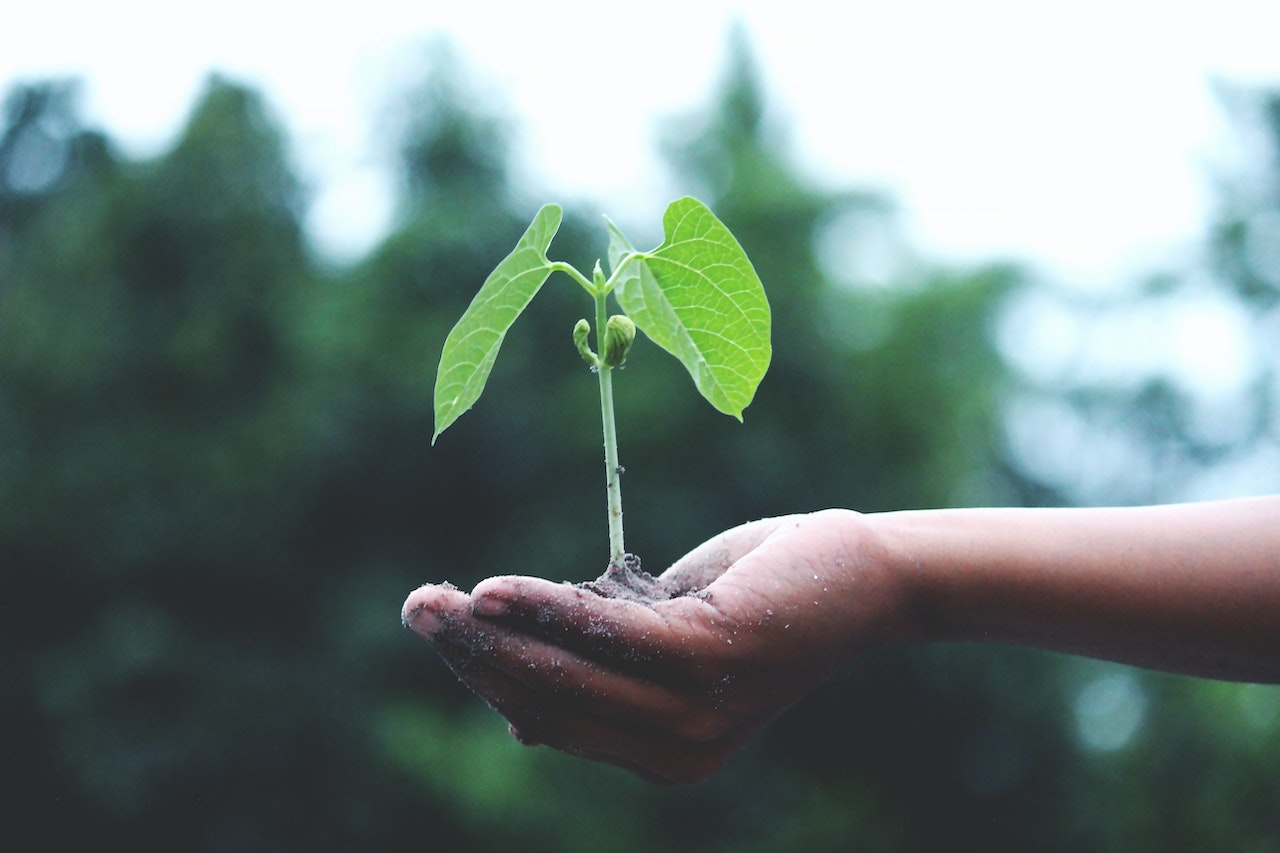This post was originally published on Sustainability Matters

A new Australian research initiative based at The University of Queensland (UQ) could see carbon dioxide becoming a useful resource in the production of fuels and chemicals.
Dubbed ‘GETCO2’, the ARC Centre of Excellence for Green Electrochemical Transformation of Carbon Dioxide is a $45 million, seven-year collaboration between seven Australian universities alongside industry and government. It is being led by Professor Xiwang Zhang within UQ’s School of Chemical Engineering.
“With electrochemical conversion, CO2 is transformed from being the biggest problem of our time to a valuable resource,” Zhang said.
“We’ve assembled world-leading experts with strong connections to industry along with talented early-career researchers.”
A GETCO2 team has already built a device that generates electricity by absorbing CO2. Zhang and Dr Zhuyuan Wang are finalists for the 2024 Eureka Prize for Innovative Research in Sustainability for their work on this device — a small, proof-of-concept nanogenerator that is carbon negative as it consumes greenhouse gas.
“Imagine in the future a device like this powering a mobile phone or a laptop computer using CO2 from the atmosphere,” Zhang said.
“On a larger scale, this technology could integrate with an industrial CO2 capture process to make electricity.
“It is very exciting, and we will keep developing this technology and many others at GETCO2.”
The centre was officially launched on 30 July 2024 by Assistant Minister for Education Senator Anthony Chisholm.
Image credit: iStock.com/Sakorn Sukkasemsakorn





0 Comments